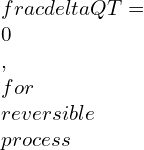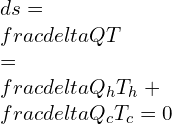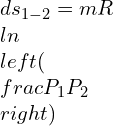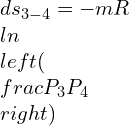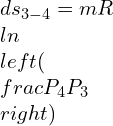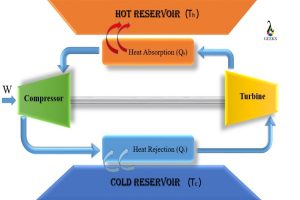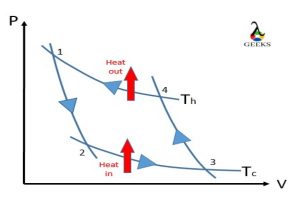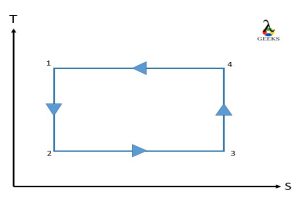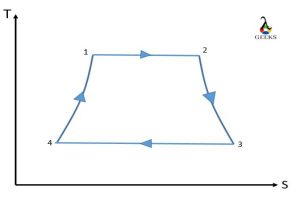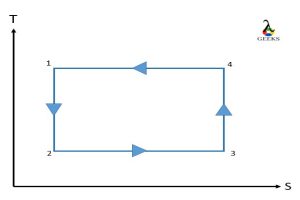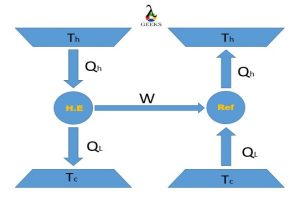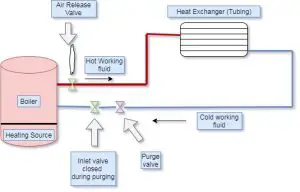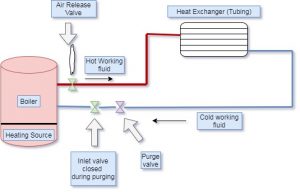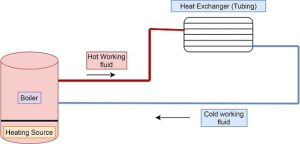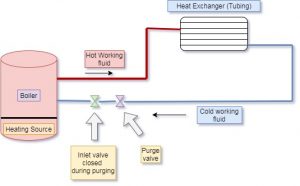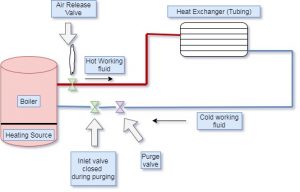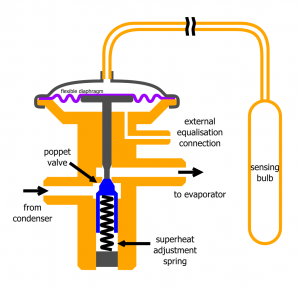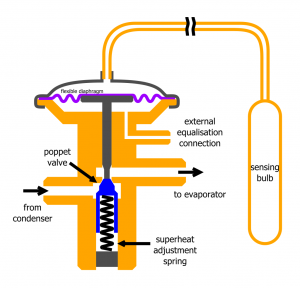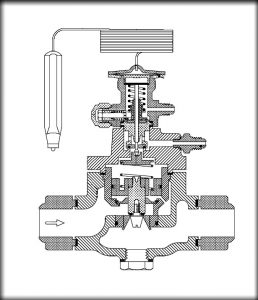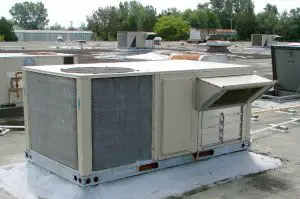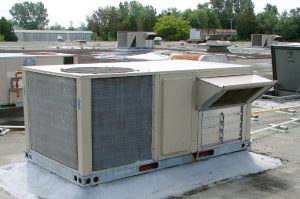TABLE OF CONTENTS
DESUPERHEATER DEFINITION
Desuperheater is used for carrying out the desuperheating process which is to reduce the temperature of the superheat and to bring back the vapor into a saturated state. A desuperheater performs the role contrary to that of a superheater. In most of the desuperheaters, the temperature of the exit fluid is within 3degrees of the saturation temperature. There are also cases where the discharge temperature is more than 3 degrees of saturation temperature.
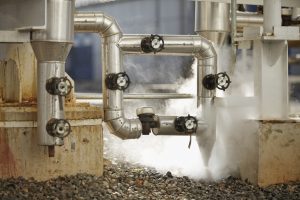
In power generation plants, the role of superheat is significant and hence superheaters are highly recommended. When the temperature of the steam is higher than the saturation temperature, then the state of the steam is referred to as superheated. In this state, the liquid and the vapor are not in equilibrium and can be analyzed from the equilibrium charts.
Superheated steam is preferred during the transfer of heat from one source to another because it acts as an insulator while saturated steam is required for heat transfer processes. In power generation processes, there is a need for both heat insulation and heat transfer, and this is respectively carried out using superheating and desuperheating procedures using superheaters and desuperheaters.
The temperature of the superheated steam is lowered using a heat exchanger that uses a coolant to lower the temperature of the superheated steam and is termed as a desuperheater. In most of the desuperheaters, the fluid that is used for lowering the temperature of the superheated steam is the same as it that of the vapor. Water is the fluid used as a coolant in the case of superheated steam.
DESUPERHEATER TYPES
Desuperheaters are mainly of two types i.e., a direct contact type superheater and an indirect contact superheater which are explained in detail below:
1. Indirect contact desuperheater: In this type of desuperheater, the coolant does not come in direct contact with the superheated vapor. Here the coolant employed will be a liquid or a gas which is allowed to flow through one side of the heat exchanger while the superheated steams pass through the other side. The heat from the superheated steam passes into the coolant through the heat exchanger.
An example of this type of process is the heat exchange between air which is used as a coolant and hot fluid that is passing through the coils where the air does not come in direct contact with the superheated fluid, but the heat is transferred from the fluid to the air through indirect contact or convection mode of heat exchange.
In these types of desuperheaters, the coolant flowrate or the inlet pressure of the superheated steam can be used for controlling the temperature of the desuperheated steam. It is not feasible to control the flow of superheated steam in these types of processes.
2. Direct contact desuperheater: In this type of superheater, the superheated steam comes in direct contact with the coolant. Usually, the coolant that is used for lowering the temperature of the superheated steam is the liquid form of the vapor. Water is used in most cases as a liquid coolant for superheated steam.
In a direct superheater, a measured quantity of coolant is added to the superheater utilizing the mixing process wherein the coolant mixes with the steam. Once it passes through the desuperheater, the coolant leaves or evaporates from the mixture by absorbing heat from the superheated vapor. In this way, the temperature of the superheated steam is lowered.
The amount of coolant to be added to the process is calculated depending on the steam temperature flowing out of the desuperheater. The desuperheater steam temperature would be set above 3 degrees of the saturation temperature. It is essential in such cases, to keep the superheated steam pressure constant.
DESUPERHEATER PIPING DIAGRAM | DESUPERHEATER PIPING
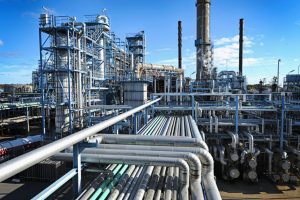
The desuperheater piping is complex. During the installation of a desuperheater pipeline, the following precautionary measures need to be followed
- When the same header gives rise to two or more control valves, it should be ensured that there is no instability inflow due to pressure changes.
- The pipe installed upstream of the control valve should be straight and should have a length 6 times that of the inlet diameter of the pipe body.
- Downstream to the valve, it is suggested not to rise the piping alignment to avoid the collection of condensates.
- Further, it is also recommended to protect the temperature probe with insulation where bellows or valves are present.
DESUPERHEATER COILS
Desuperheater coils especially the pack less type has a tube-to-tube design. In this type of design, water flows through the inner tube which has a double wall and the refrigerant flows through the annulus between the tube-to-tube walls. The convoluted structure of the inner tube promotes enhanced heat transfer per unit length and unit area. Further, the convolutions that are offered by the coils promote turbulence which also contributes to the increased thermal efficiency. The rate of heat transfer is enhanced with water and refrigerant in a counterflow arrangement.
DESUPERHEATER BUFFER TANK
In residential apartments or homes, a desuperheater buffer tank is a tank in which the water from the pipeline flows into it enters the water heater. The water is preheated by the desuperheater connected to the buffer tank before it is sent to the water heater. Thereby reducing the load on the water heater.
DESUPERHEATER WORKING PRINCIPLE
Desuperheater or Steam Desuperheater works on the principle of evaporative cooling whereby the liquid water that is sprayed on the superheated steams results in its cooling. On the other hand, the heat absorbed by the liquid coolant helps it in the evaporation process. The heat is obtained from the superheated steam via convection heat transfer. As a result of this process, the steam that comes out from the desuperheater is at a lower temperature.
In a powerplant with a desuperheater, the accumulation of water near the sides of the equipment can occur due to its continuous operation. A hot water spray can be used to remove the water that is accumulated. The hot water spray is maintained at a temperature close to the steam saturation temperature at the exit of the equipment.
STEAM DESUPERHEATER DESIGN
The steam superheater design and sizing are dependent on several requirements with a few being less severe while others having a greater impact on the proper functioning of the desuperheater. To ensure that the desuperheater is performing at an optimal level, the following factors need to be addressed carefully:
1. Ensure that an appropriate amount of cooling is available i.e. ΔTsteam
2. Measure the accurate flow of spray water that is required (Fspray/ Fsteam)
3. Ensure the narrow difference between the steam and saturation temperature (Tsteam – Tsaturation)
4. Fixed range of superheated steam flow rates
5. Fixed range of coolant or water spray flow rates
6. Pressure head of the coolant spray
7. Factors affecting the installation of the desuperheater
These requirements are usually met in applications such as reheat attemperator, bypass process in turbines, and while processing steam for the export. A physical model needs to be in place for the spraying, evaporation, and atomization process of desuperheating. The important rules to be followed for sizing and selection of desuperheater are as follows:
1. It should be ensured that the droplet size is within 250 microns at all operating conditions.
2. The penetration of the spray droplets should be in the range of 15 to 85 percent of the tube diameter. This is to avoid the impingement that can occur. It is a result of cold water hitting the surface of hot bodies or metals or surfaces.
DESUPERHEATER SPRAY NOZZLE DESIGN
A desuperheater spray nozzle helps in controlling the superheat by regulating the cooling water that will be sprayed through the nozzles in the design. It usually consists of a water control valve which helps in attaining a controlled desuperheated flow temperature and negligible pressure drop. The Kv / Cv value and the number of nozzles which is about 6 to 9 will be calculated according to the process conditions.
DESUPERHEATER CONTROL VALVE
Desuperheater is used for carrying out the desuperheating process which is to reduce the temperature of the superheat and to bring back the vapor into a saturated state. A desuperheater control valve helps in controlling the temperature and pressure by adjusting the valve openings depending on the saturation temperature.
DESUPERHEATER REFRIGERATION
In a refrigeration system, the energy from the condensation process of a refrigeration system is left to the ambient environment or discharged to a heat sink. This energy could be used in an effective way for water heating or room heating. To recover the waste heat, the installation of a desuperheater is highly recommended whereby the waste loss can be minimized.
The location of a desuperheater in a refrigeration system is between the compressor and condenser to make use of the energy of the superheated refrigerant. For utilizing the waste heat, a separate heat exchanger should be installed wherein water can be heated using the energy from the superheated gas.
The temperature difference between the discharge from the compressor and the refrigerant condensing temperature will give the available amount of superheat. In case, there is no need for hot water, then this system can be bypassed, and the condenser should have the required condensing power or capability.
Since water is the common fluid that is used in desuperheaters, there are high chances for scaling to take place because as the temperature increases it is difficult to dissolve limestone or calcium carbonate which is the main component of scaling. The allowable temperature of water to limit scaling would be in the range of 65-700C. Further, the use of hard water also increases the chances of scaling. In such cases, it is recommended to use co-current flow to avoid high-temperature risks.
DESUPERHEATER GEOTHERMAL | WATERFURNACE DESUPERHEATER
A desuperheater which is also termed a water furnace desuperheater or a geothermal desuperheater helps in reducing the costs of water heating and room heating. The excess amount of heat that is absorbed during the summers is used for heating the water. During winter, the heat that is available via a desuperheater is at a much lower cost than a standard domestic water heater.
The heat that is rejected is made use of an in desuperheater hot water superheater. It is recommended to have a buffer tank or a pre-tank which would help in preheating the water.
DESUPERHEATER PUMP
In residential or domestic water heating using desuperheaters, the heat during the summers is used for heating the water. It is essential to have a desuperheater pump that would help in pumping the water to the buffer tanks before it is available for the desuperheating process. During winter, the heat that is available via a desuperheater is at a much lower cost than a standard domestic water heater.
It is essential to note if the sizing of the pump is appropriate for heating purposes. The desuperheater uses the heat energy that is being removed while its main purpose is to cool the room.
DESUPERHEATER COST
The desuperheater cost which can be installed for residential purposes is very much affordable and costs about $1350 approximately. For installing a desuperheater, it is essential to have a heat pump which is included in the total cost that is mentioned. A heat pump with a coefficient of performance of value 4 would help in saving 75% which is a great investment when it comes to the residential or domestic water heater.
DESUPERHEATER AND ATTEMPERATOR
A desuperheater is used for removing the heat that is present in the superheat thereby reducing the temperature of the superheat close to saturation temperature or below. An attemperator is used for regulating the steam temperature of the boiler. A desuperheater is usually located downstream from the boiler where saturated steam would be useful. While an attemperator is allocated close to the boiler where high temperatures could have an impact on the walls or surfaces which would, in turn, have an impact on the process operation.
VENTURI DESUPERHEATER | VENTURI TYPE DESUPERHEATER
Venturi desuperheaters or annual desuperheaters help in reducing the temperature of the superheated steam by bringing it in direct contact with water. Here evaporative cooling takes place. They can be used in different environmental conditions and can be vertically or horizontally installed. When they are vertically installed, there is a substantial increase in the turn-down ratio.
These types of superheaters prevent the accumulation of water, which is not vaporized, which is a major drawback in most of the desuperheaters. Here the droplets of water that fail to vaporize will be sent back to the high-temperature region where they will be completely vaporized.
The advantage of using Venturi desuperheater is that they can be installed either vertical or horizontal. Further, they are built of heavy materials and do not have any moving parts which could interfere with their proper functioning. They are generally used in controlling temperatures of fluid that are sent to the evaporator or used in heat exchangers especially at the entrance to reduce the dimensions and cost.
LNG DESUPERHEATER
In a propane refrigeration system, water is used for condensation of the propane after the compression stage. It is recommended to use two propane desuperheaters which work on the same principle that is to reduce the temperature of the superheated steam. Such a system should also be equipped with 6 propane condensers in parallel orientation. Shell and tube heat exchangers are usually used in this type of system.
FREQUENTLY ASKED INTERVIEW QUESTIONS AND ANSWERS
1. How does a desuperheater work in a boiler? | Function of desuperheater in a boiler
Desuperheaters are used in boilers to reduce the temperature of the superheated steam that is produced in the superheater for electricity generation. The desuperheater helps in lowering the high temperature of the steam to low temperatures that will help in safely carryout the other process operation. The temperature of the superheated steam is controlled by bringing the steam in direct or indirect contact with a coolant. The injected water is then allowed to evaporate.
The two main reasons for lower the steam temperature are as follows:
1. The downstream equipment is designed to handle lower temperatures hence it is essential to lower the temperature of the steam.
2. To ensure that a controlled temperature is maintained for processes that required a specific temperature.
2. Why is a steam desuperheater installed after a turbine and what is the function of a surface condenser installed after it?
A steam desuperheater is used for lowering the temperature of superheat by bringing the superheat in direct or indirect contact with a coolant.
The superheated steam loses some of its heat in the turbine though not all of it. The remaining superheat which when exposed to a lower pressure results in entrained droplets of water flashing into steam which causes water hammer and other conditions.
The job is completed using the surface condenser which removes all the steam from the entry point and below the saturation so that the steam is condensed can be used for other purposes which include recycling to the boiler or other load extraction processes.
3. How is desuperheating of steam in superheaters and reheaters in a steam power plant considered a loss inefficiency?
In a desuperheater, the heat from the steam is not being used and contributes as waste heat which needs to be recovered through integrated systems. Further, the steam temperature at the outlet of the desuperheater is lower than before. Hence, this results in a loss of efficiency.
For systems with reheating, the heat that is obtained from coal or any other fuel is always less than the heat that is available for the steam. A reheater can never attain 100% efficiency. As a result, the available efficiency will be multiplied by the actual efficiency and this will lower the efficiency value.
4. How much water is required to desuperheat steam?
The amount of water required in a desuperheater depends on the amount of superheat or degrees of temperature that need to be lowered and depends on the pressure of the steam header. It can be calculated using an enthalpy balance whereby the summation of the enthalpy of steam and water is equal to the heat that is present in the exit stream. For carrying out this calculation, a steam chart would be handy.
Since the heat capacity of steam and the heat of vaporization is noted to be 0.5BTU/lbf and 1000 BTU/lbf respectively, the amount of water that is required for desuperheating would be less than the amount that one would guess. The water that is used for desuperheating should be demineralized to avoid solid build-up in the desuperheater.
In short, the amount of water required for desuperheating superheated steam depends on the temperature of the steam and the degrees of temperature to be lowered.
5. How does a pressure-reducing desuperheating system work in a thermal power plant?
In a pressure-reducing desuperheating system which is also known as a PRDS system, the required steam quality of specific quantity, temperature and pressure is released. The steam that is used in this system is either fresh steam or steam that is bled. This process is carried out using attemperating water that is obtained from the condensate water. The two fluids are mixed at controlled measures to obtain the steam at specific pressure and temperature.
6. What keeps a superheater from being damaged by heat before a boiler makes steam?
The reason why the superheater is not affected by the heat is that the steam that flows through the superheater cools the metal surfaces and other parts thereby reducing damages to the superheater.
7. What is the maximum velocity of water through the spray nozzle for the desuperheater?
The maximum velocity of water through the nozzle is about 46 to 76 meters per second. The turbulence is noted to be low when the minimum velocity of water is low, such that droplets of water get suspended from the steam and fall out.
8. Desuperheater Energy Balance
It can be calculated using an enthalpy balance whereby the summation of the enthalpy of steam and water is equal to the heat that is present in the exit stream. For carrying out this calculation, a steam chart would be handy.
Hsteam + Hwater = Qexit stream
9. what is the use of a desuperheater in a superheater?
Desuperheaters are used in boilers to reduce the temperature of the superheated steam that is produced in the superheater for electricity generation. The desuperheater helps in lowering the high temperature of the steam to low temperatures that will help in safely carryout the other process operation.
10. Turn off desuperheater in winter
It is recommended to turn off the desuperheater during the winter because there are chances of absorbing heat from the pipeline carrying hot water, thereby reducing the efficiency of the system to heat the house during the winters.
To have a better understanding of Desuperheaters, it is recommended to read on Superheaters
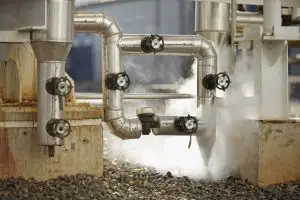




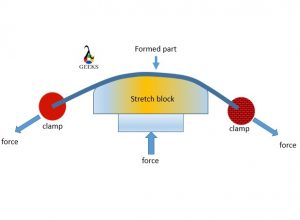
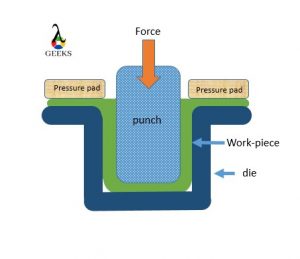
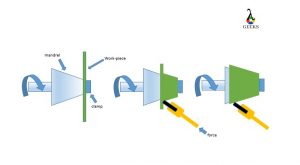
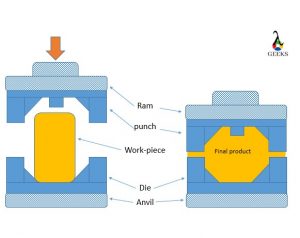
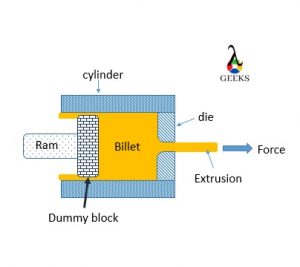
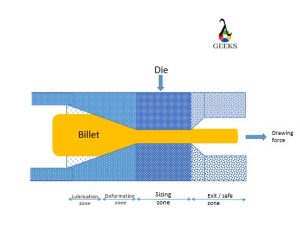
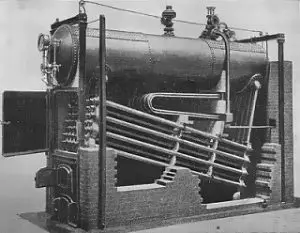
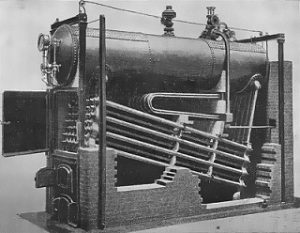

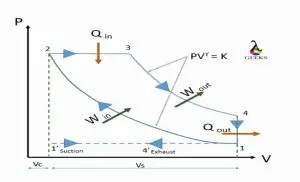
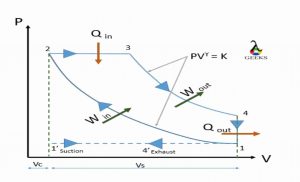
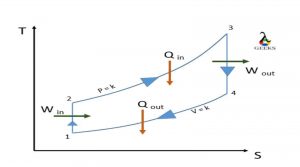
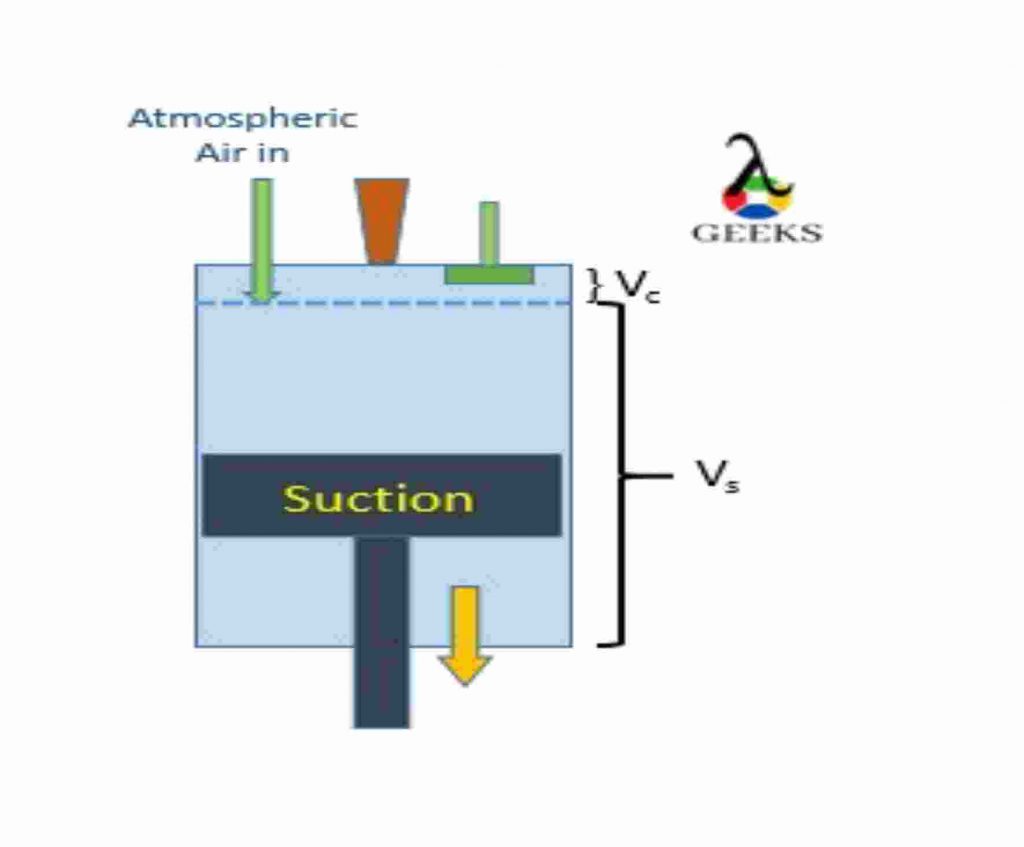
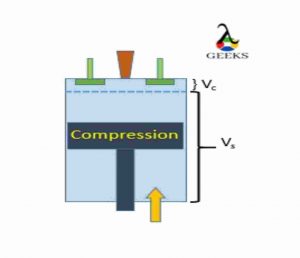
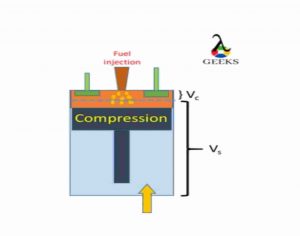
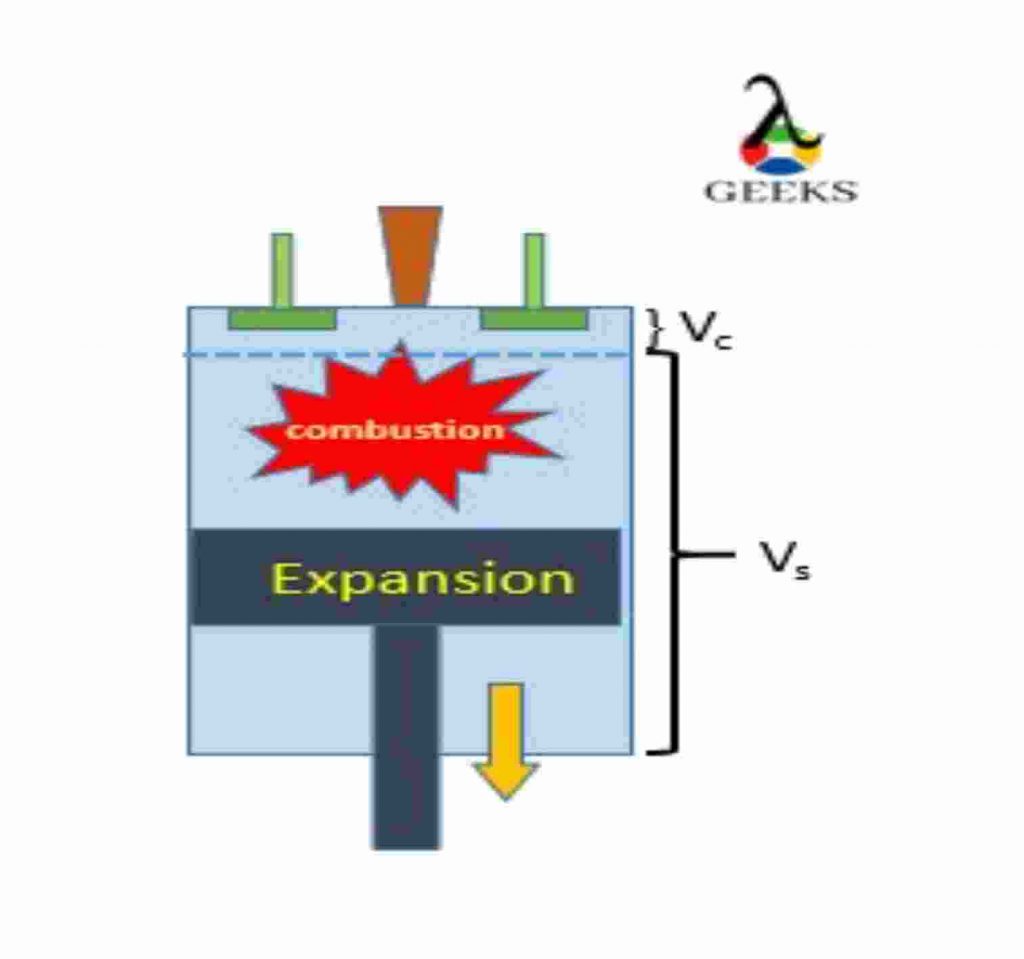
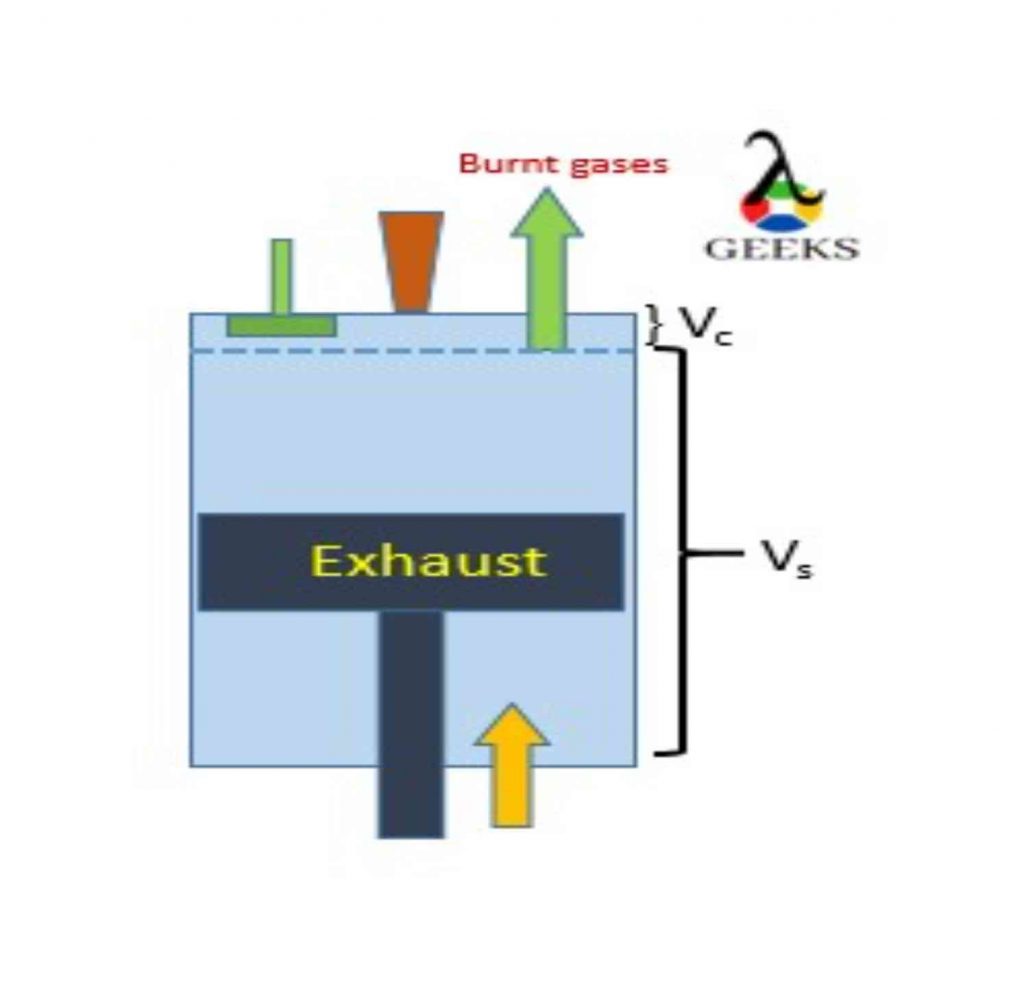

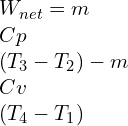
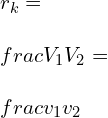
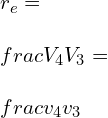
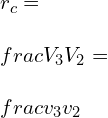

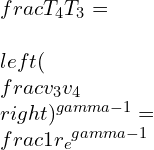
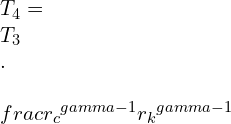
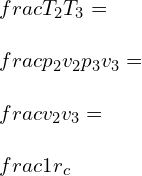

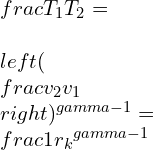
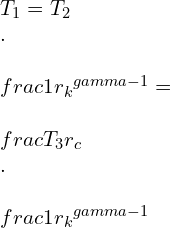










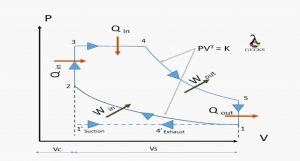
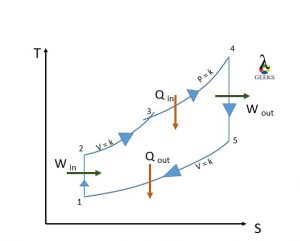
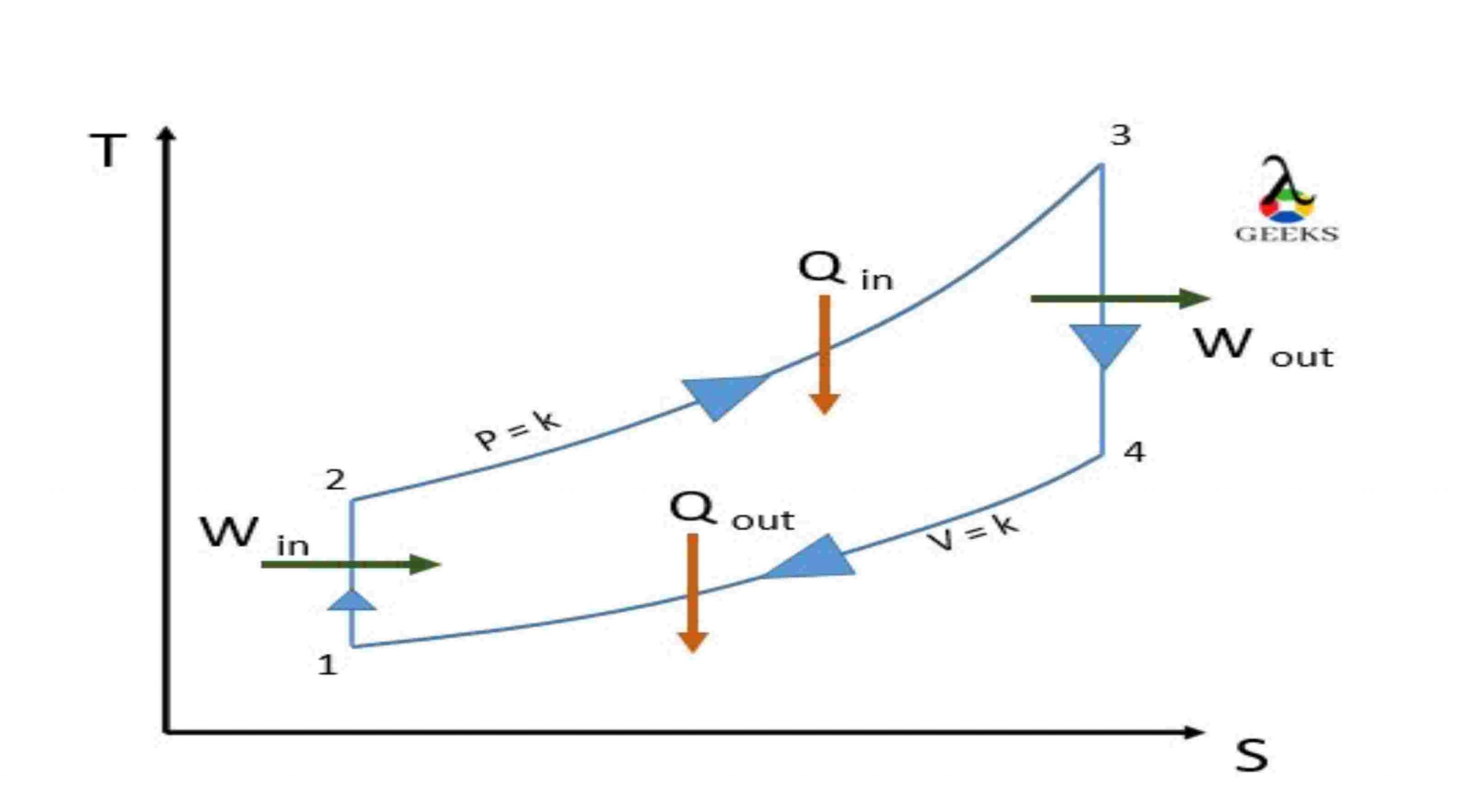
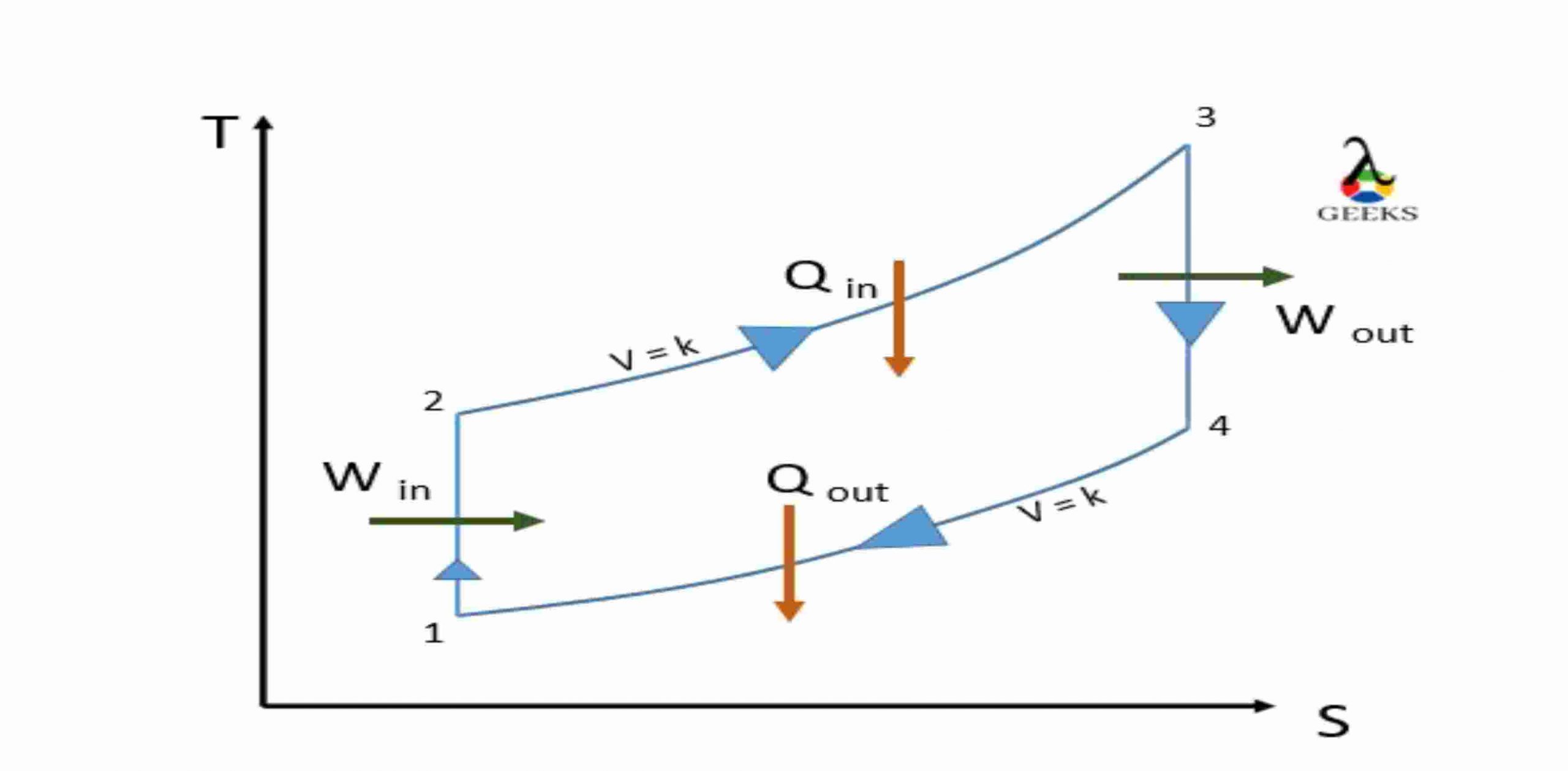
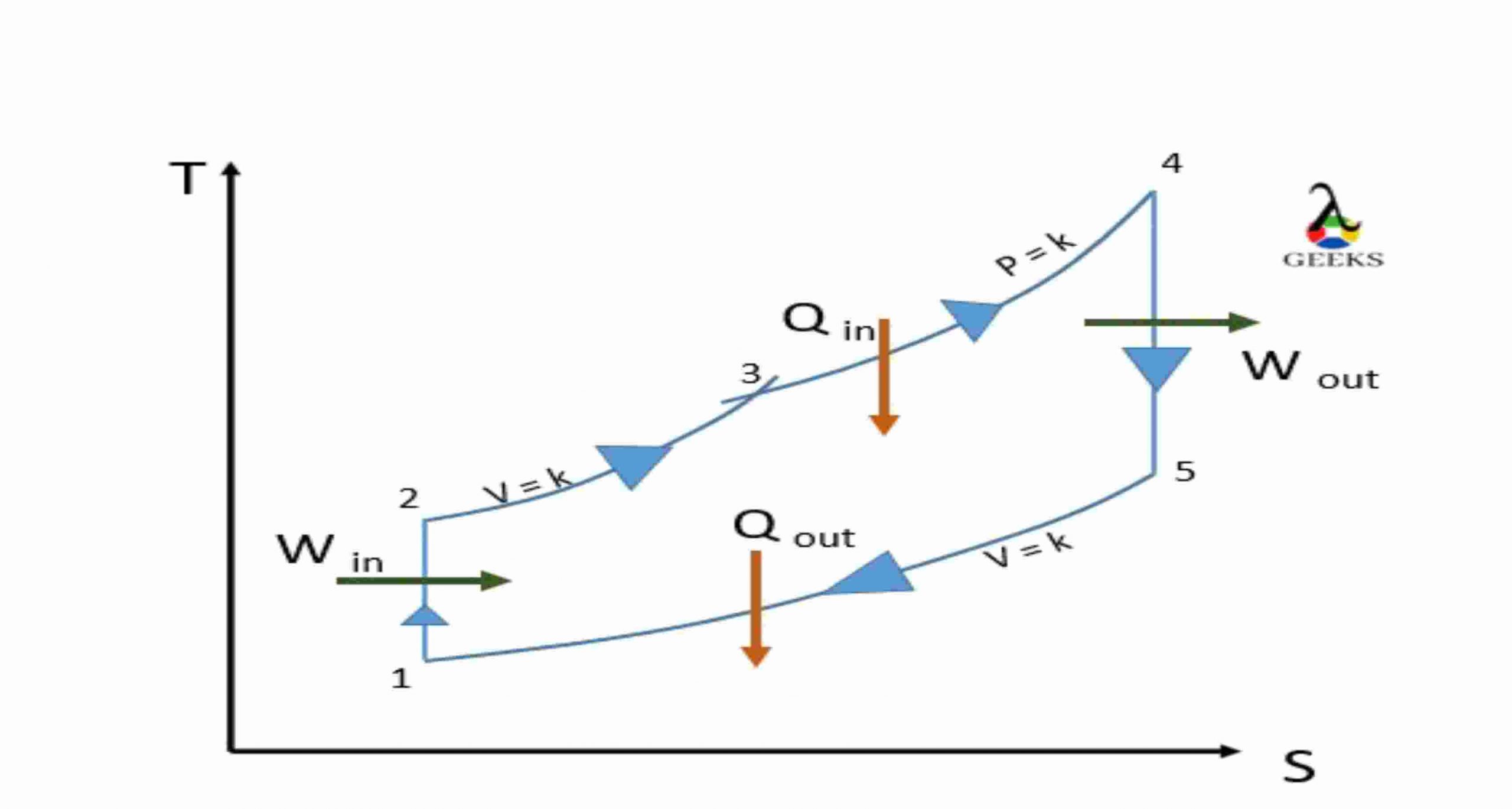
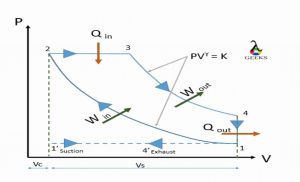
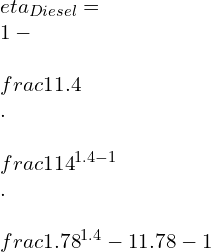

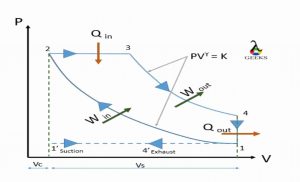
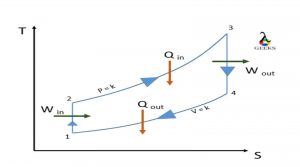


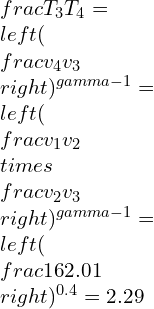

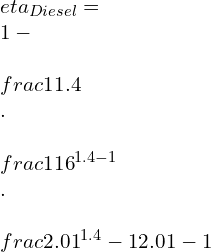







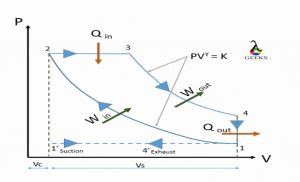
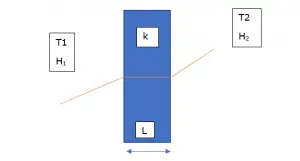
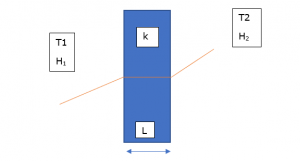



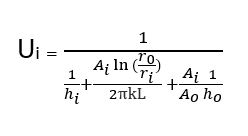






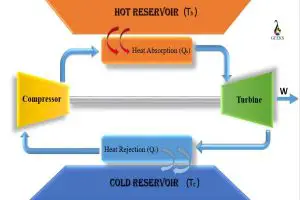
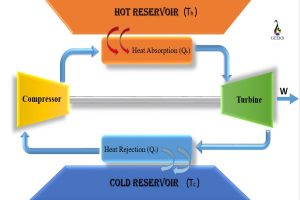
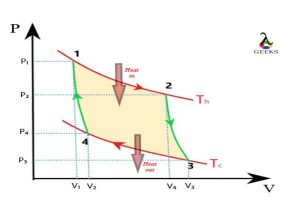
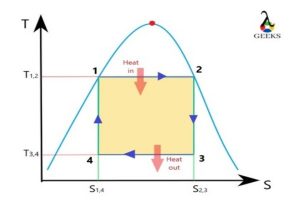

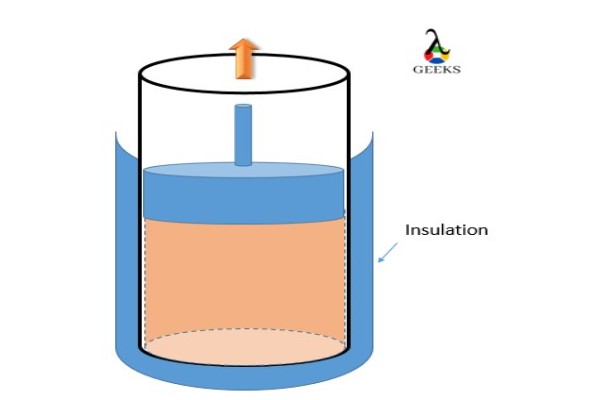
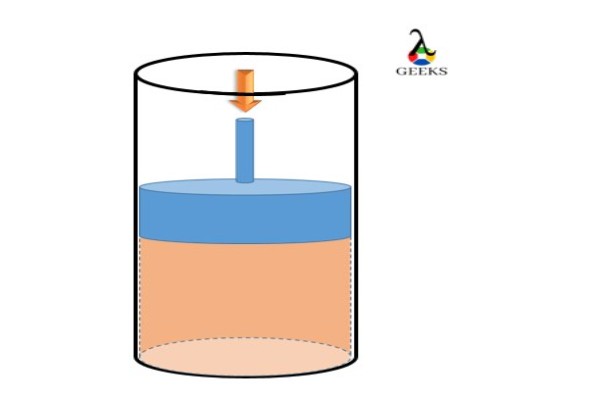
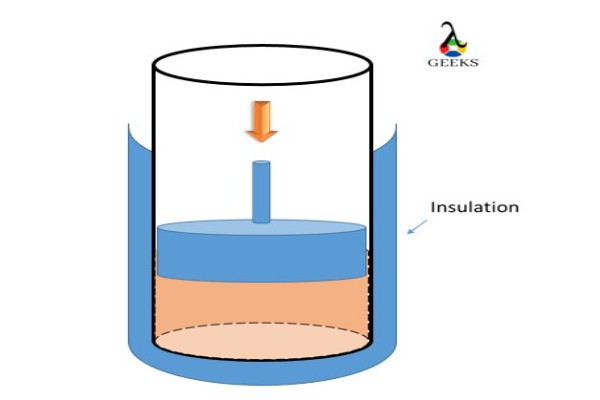










![Rendered by QuickLaTeX.com W = K left [ frac{V^{1-gamma }}{1-gamma } right ]_{2}^{3}](https://lambdageeks.com/wp-content/ql-cache/quicklatex.com-bfaf0fe480662f031800cc9bfa53ad06_l3.png)
![Rendered by QuickLaTeX.com W=left [ frac{P_{3}V^{gamma }_{3}V_{3}^{1-gamma }-P_{2}V^{gamma }_{2}V_{2}^{1-gamma }}{1-gamma } right ]](https://lambdageeks.com/wp-content/ql-cache/quicklatex.com-bbd3e149152f16faaf0d4a489e50cb74_l3.png)
![Rendered by QuickLaTeX.com W=left [ frac{P_{3}V_{3}-P_{2}V_{2}}{1-gamma } right ]](https://lambdageeks.com/wp-content/ql-cache/quicklatex.com-901471515d0dd0f8071dddc426ca39f0_l3.png)
![Rendered by QuickLaTeX.com left [ frac{T_{2}}{T_{3}} right ] =left [ frac{V_{3}}{V_{2}} right ]^{gamma -1}](https://lambdageeks.com/wp-content/ql-cache/quicklatex.com-91e649eb42cb3f5904f72969eb3cb41a_l3.png)


![Rendered by QuickLaTeX.com W=left [ frac{P_{1}V_{1}-P_{4}V_{4}}{1-gamma } right ]](https://lambdageeks.com/wp-content/ql-cache/quicklatex.com-a87c4523eb09b0daf20f2448784386fd_l3.png)
![Rendered by QuickLaTeX.com left [ frac{T_{1}}{T_{4}} right ] =left [ frac{V_{4}}{V_{1}} right ]^{gamma -1}](https://lambdageeks.com/wp-content/ql-cache/quicklatex.com-b5071dcab86067c0c30e711d1eddf574_l3.png)



